Nakajima Kikka jet interceptor
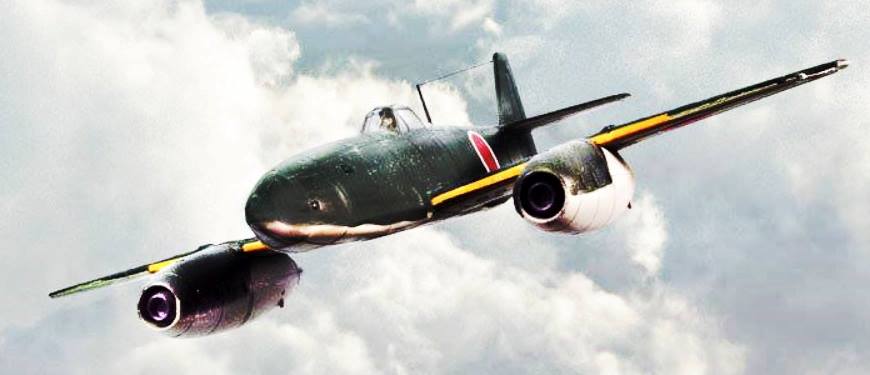

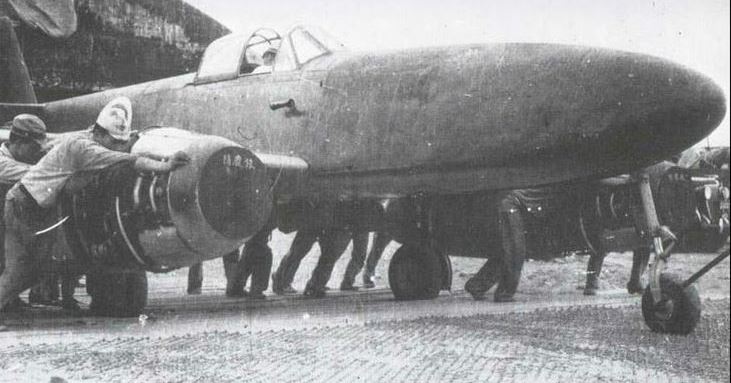
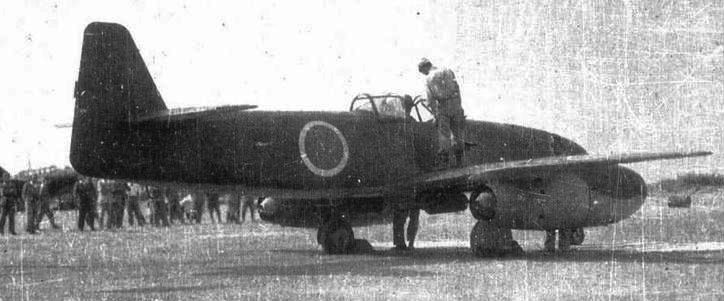
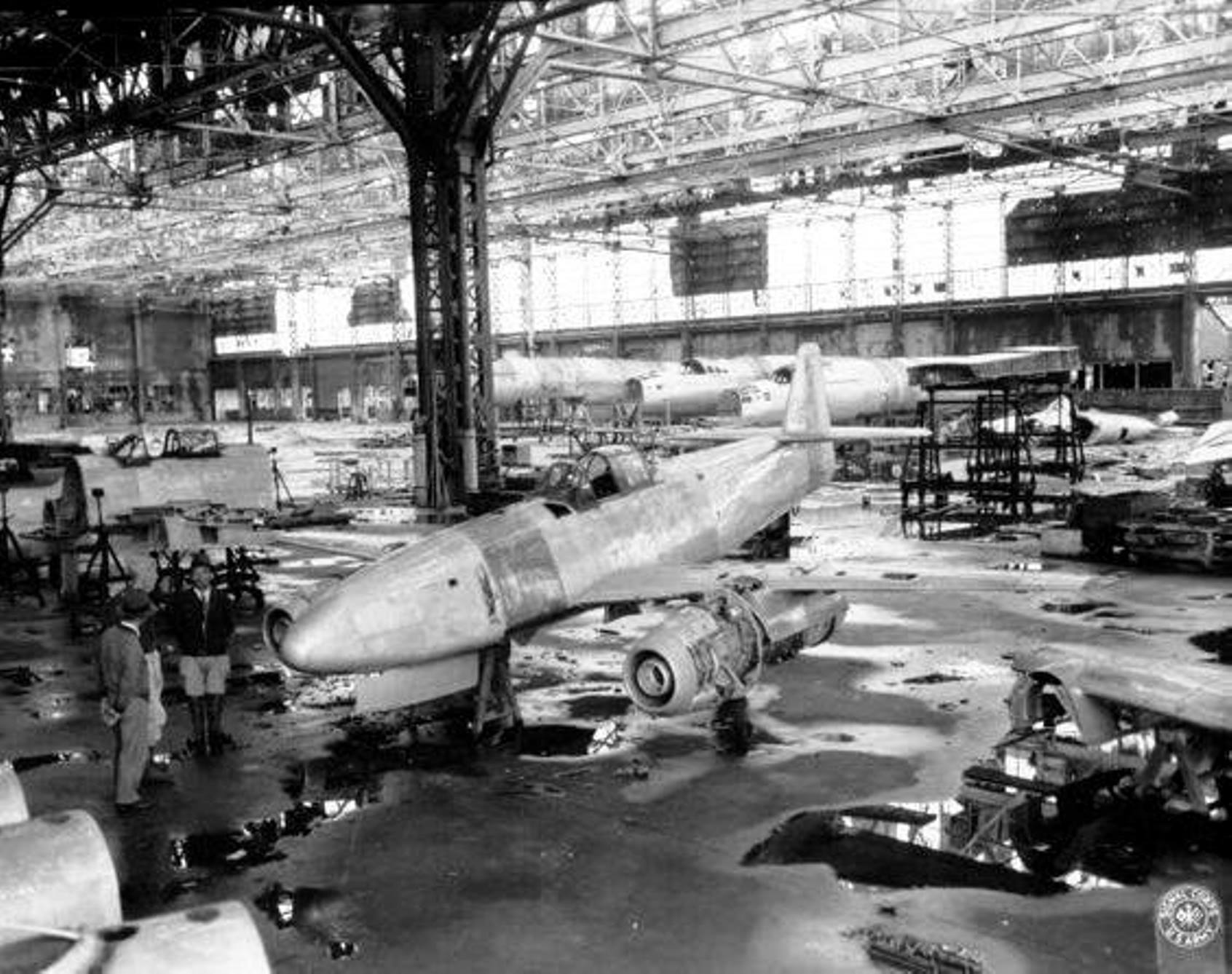
|
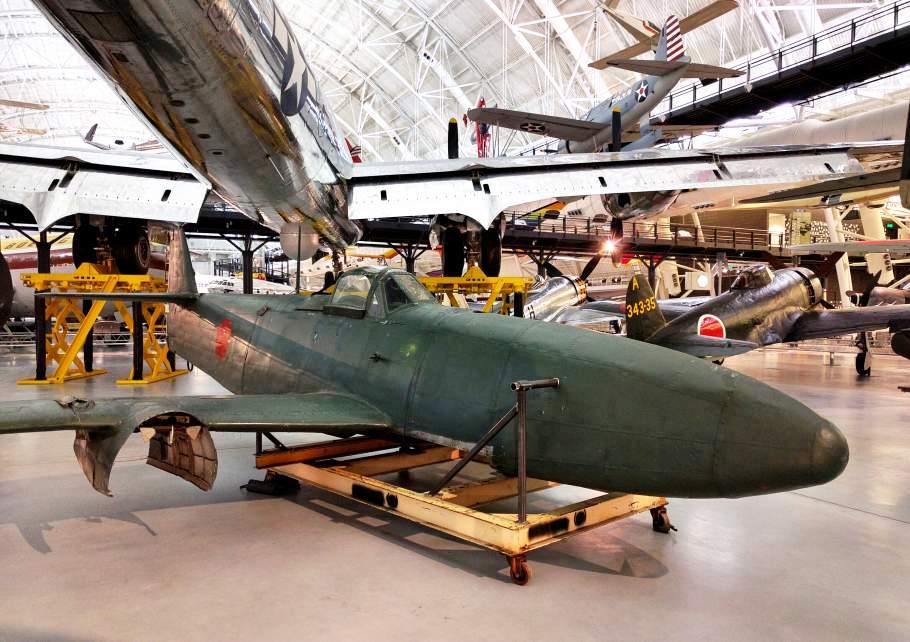 | |
| Aircraft under construction at Nakajima plant, 1945 - foreground-Kikka jets, background-G8N Renzan heavy bombers. |
Kikka beneath B-29 "Enola Gay" at Stephen F. Udvar-Hazy Center, Chantilly, VA. |

